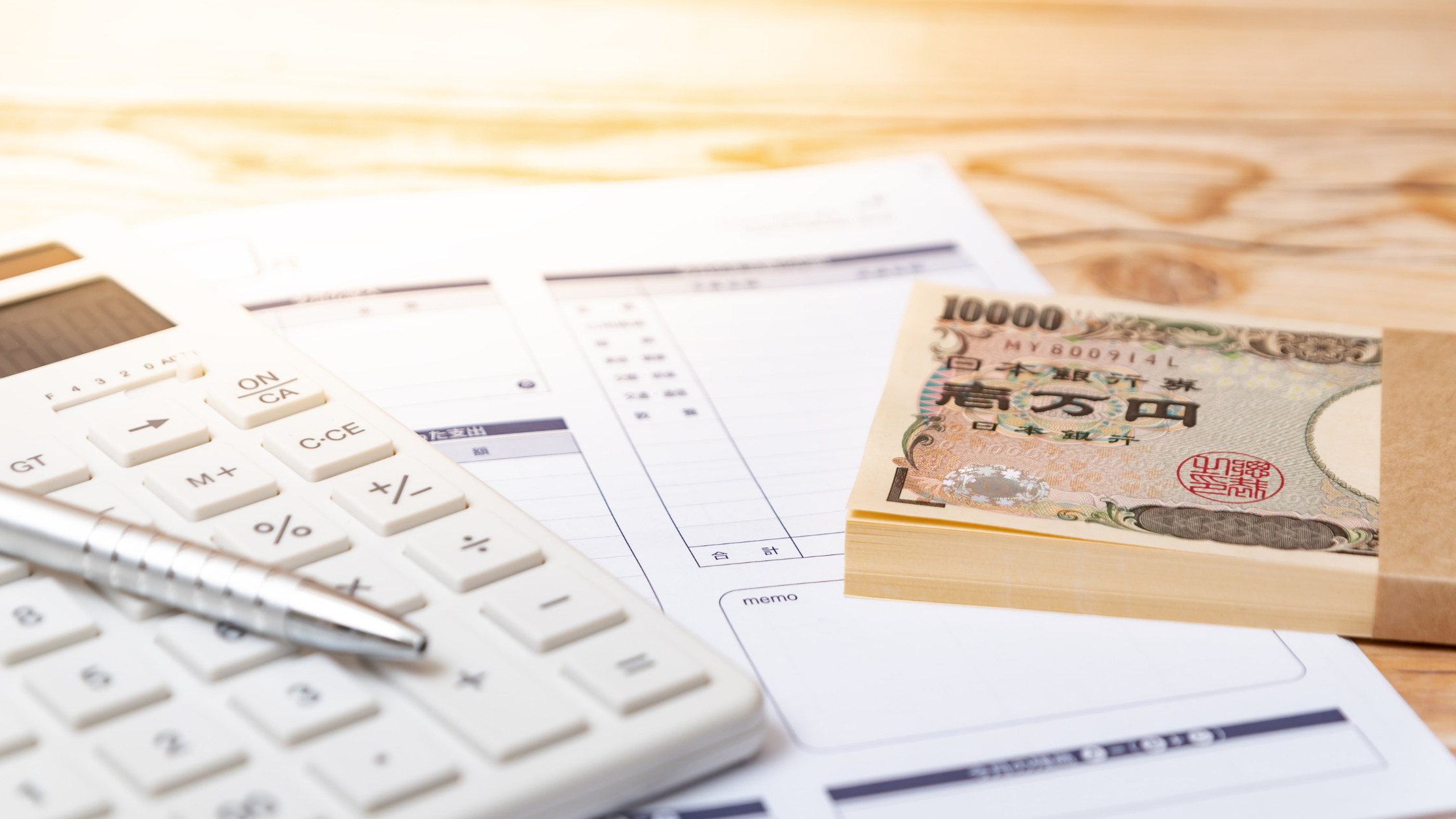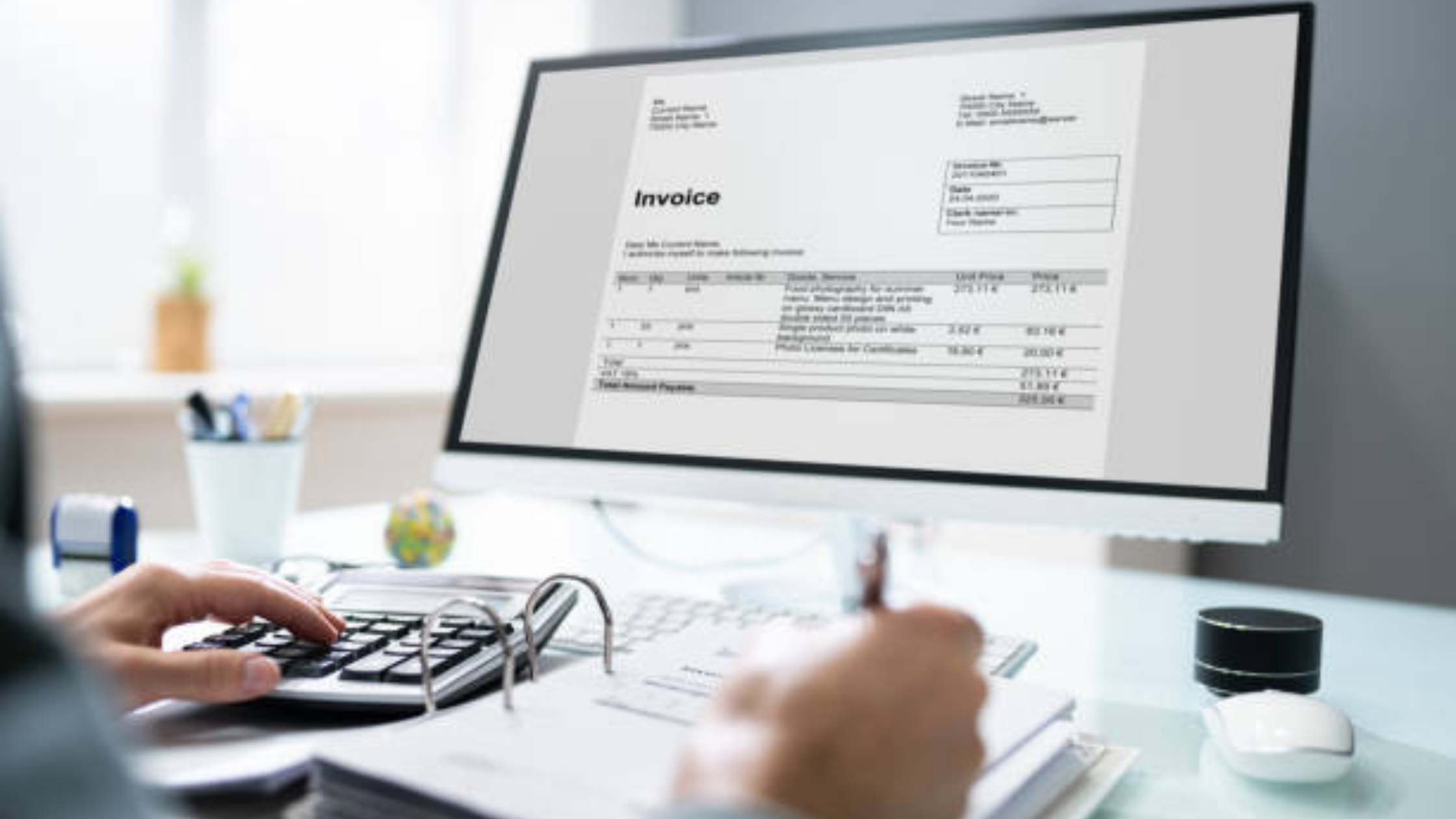The Importance of Restaurant Receipts for Small Businesses

The Significance of Restaurant Receipts in Small Business
In the realm of small businesses, restaurant receipts play a pivotal role in financial management and record-keeping. These seemingly mundane slips of paper hold a wealth of significance, serving as tangible proof of transactions, essential for tracking expenses, calculating profits, and filing taxes. Beyond their practical utility, restaurant receipts also offer valuable insights into customer preferences, dining trends, and revenue patterns. By analyzing these receipts, small restaurant owners can make informed decisions to optimize their menu, pricing strategies, and overall operations. Moreover, in an increasingly digital age, the digitization of receipts has streamlined accounting processes, enhanced data accuracy, and facilitated seamless customer service. This transformation underscores the evolving landscape of small business operations, where the humble restaurant receipt continues to be a cornerstone of financial transparency and operational efficiency.
Benefits of Keeping Restaurant Receipts
Financial Record Keeping
Keeping restaurant receipts is crucial for maintaining accurate financial records. It helps in tracking all expenses related to the restaurant operations, including purchases, utilities, and other overhead costs. By organizing and retaining receipts, restaurant owners can have a clear overview of where the money is being spent, which is essential for budgeting and financial planning.
Tax Compliance
Another significant benefit of keeping restaurant receipts is ensuring tax compliance. The receipts serve as evidence of business expenses and can be used to support tax deductions. In case of an audit by tax authorities, having well-documented receipts can help in providing a transparent view of the financial transactions and justifying the claimed deductions.
Analyzing Business Performance
Restaurant receipts are valuable sources of data for analyzing business performance. By reviewing the receipts, restaurant owners can identify trends in spending, monitor the cost of goods sold, and evaluate the profitability of menu items. This analysis can provide insights into areas where costs can be reduced, revenue can be increased, and overall business efficiency can be improved.
Legal Compliance
Apart from tax compliance, keeping restaurant receipts also aids in legal compliance. Certain regulations may require businesses to maintain detailed financial records, including receipts, for a specified period. Failure to do so can result in penalties or legal consequences. By diligently keeping receipts, restaurant owners can ensure they are meeting all legal requirements and avoid any potential issues.
Budgeting and Forecasting
In addition to tracking past expenses, restaurant receipts play a crucial role in budgeting and forecasting. By analyzing historical spending patterns reflected in receipts, owners can make informed decisions about future budget allocations. This proactive approach can help in setting realistic financial goals, identifying areas for cost-saving, and preparing for potential financial challenges.
Customer Disputes and Refunds
Restaurant receipts are not only important for internal record-keeping but also serve as proof of transactions in case of customer disputes or refund requests. Having detailed receipts with clear information about the items purchased, prices, and payment methods can help in resolving any discrepancies or misunderstandings with customers. It enhances transparency in customer dealings and builds trust in the restaurant's operations.
The benefits of keeping restaurant receipts extend beyond financial record-keeping and tax compliance. It is a practice that supports legal requirements, aids in strategic decision-making, and enhances customer satisfaction. By recognizing the value of receipts as more than just pieces of paper, restaurant owners can leverage them as powerful tools for improving operational efficiency and driving business success.
Understanding Restaurant Receipts
When you receive a receipt after dining at a restaurant, it contains various types of information that can be crucial for different purposes. Let's delve into the different categories of information typically found on restaurant receipts.
Transaction Details:
This section includes the breakdown of items ordered, their prices, any discounts applied, taxes, and the total amount paid. It provides a clear overview of the financial aspect of your dining experience.
Customer Information:
Some receipts may also include customer-specific details such as the name of the person who made the payment or the table number. This information can be useful for record-keeping or in case of any discrepancies.
Date and Time Stamp:
The date and time of the transaction are usually prominently displayed on the receipt. This information not only serves as a reference point for the visit but also helps in tracking expenses and analyzing dining patterns.
Order Details:
Apart from the transaction summary, restaurant receipts often list the specific items ordered, including any modifications or special requests made by the customer. This detailed breakdown can be helpful for verifying the accuracy of the order and ensuring customer satisfaction.
Payment Method:
Receipts also indicate the mode of payment used for the transaction, whether it was cash, credit card, or any other form. Understanding the payment method can be beneficial for personal budgeting and financial tracking.
Restaurant Information:
In addition to customer-related data, receipts typically feature details about the restaurant, such as its name, location, and contact information. This information can be handy for recalling pleasant dining experiences or recommending the establishment to others.
Survey or Feedback Requests:
Some receipts may include prompts for customers to provide feedback through surveys or online reviews. This demonstrates the restaurant's commitment to improving its services based on customer input and can offer patrons a platform to share their opinions.
Understanding the types of information present on restaurant receipts can help you better manage your expenses, track your dining history, and ensure accuracy in financial records. By paying attention to these details, you can make informed decisions about your dining choices and overall financial well-being.
Best Practices for Managing Restaurant Receipts
Digitizing Receipts
It is crucial for restaurants to embrace the practice of digitizing their receipts. By transitioning to digital receipts through scanning or utilizing digital receipt systems, restaurants can significantly benefit. Not only does digitizing receipts reduce paper clutter and save storage space, but it also enhances accessibility to receipts when needed. Moreover, digital receipts are environmentally friendly, promoting sustainability within the restaurant industry. Embracing digital receipts also offers the advantage of improved security and reduced risk of physical receipt loss or damage. Additionally, digital receipts can be easily shared with accounting professionals or tax authorities, simplifying financial audits and compliance processes.
Organizing Receipts for Easy Access
Efficient management of receipts begins with proper organization. Restaurants should consider categorizing receipts based on various criteria such as date, vendor, or type of expense. This categorization facilitates easy retrieval and tracking of expenses. Leveraging digital folders or cloud storage solutions can further streamline the organization process, ensuring that receipts are systematically stored and readily searchable. Additionally, implementing a standardized naming convention for digital receipts can simplify the retrieval process and enhance overall organization. To enhance organization further, consider implementing a centralized receipt management platform that allows for easy categorization, tagging, and search functionalities, enabling quick access to specific receipts when needed.
Implementing Receipt Tracking Systems
To optimize receipt management processes, restaurants can implement advanced receipt tracking systems. These systems offer a range of benefits, including automated data entry, real-time expense tracking, and detailed reporting capabilities. By investing in robust receipt tracking software, restaurants can automate tedious tasks, minimize manual errors, and gain valuable insights for financial analysis. Furthermore, integrating receipt tracking systems with accounting software can enhance overall operational efficiency and facilitate seamless financial management. Consider choosing a receipt tracking system that offers mobile compatibility, allowing for on-the-go receipt capture and expense tracking, thereby ensuring that no receipt is lost or overlooked. Additionally, look for features such as optical character recognition (OCR) technology to extract data from receipts automatically, saving time on manual data entry.
Adopting best practices for managing restaurant receipts is essential for enhancing operational efficiency, reducing costs, and ensuring compliance. By digitizing receipts, organizing them effectively, and implementing advanced tracking systems, restaurants can streamline their financial processes and focus on delivering exceptional dining experiences to their customers. Remember, staying up-to-date with technological advancements in receipt management can provide a competitive edge in the ever-evolving restaurant industry landscape.
Restaurant receipts play a crucial role in the success of small businesses in the food industry. They not only serve as proof of transaction but also contribute to the overall professionalism and efficiency of a restaurant's operations. By utilizing online restaurant bill templates, owners can streamline their billing process, save time, reduce errors, and enhance the customer experience. The customizable nature of these templates allows for branding consistency and a polished presentation to patrons. To explore powerful templates for online restaurant bills and elevate your establishment's billing system, visit. https://billgenerator.in/learn/10-powerful-templates-for-online-restaurant-bills . Upgrade your restaurant's billing process today and leave a lasting impression on your customers.







